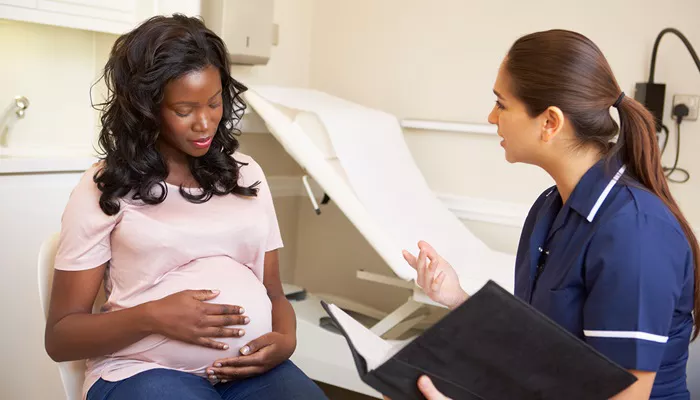The number of women receiving no prenatal care during pregnancy is on the rise, despite a decline in overall births in the U.S., according to a recent report from the Centers for Disease Control and Prevention (CDC).
Published Tuesday by the CDC’s National Center for Health Statistics, the report highlights a troubling trend that may be linked to the impact of the Supreme Court’s decision to overturn Roe v. Wade in 2022. This ruling has potentially led to a growing number of women struggling to access OB/GYN services.
Dr. Brenna Hughes, executive vice chair of obstetrics and gynecology at Duke University, explained, “In many counties, it’s difficult to find a prenatal care provider. If women have limited resources and must travel to receive care, it becomes a significant barrier.”
According to the CDC, the percentage of mothers who received no prenatal care increased from 2.2% in 2022 to 2.3% in 2023. This slight rise could have serious implications for both mothers and their babies. Dr. Kathryn Lindley, a cardio-obstetrician at Vanderbilt University Medical Center, emphasized the importance of prenatal monitoring.
“Prenatal care helps identify potential health issues, such as birth defects or high blood pressure,” said Lindley. “High blood pressure during pregnancy can lead to severe complications like strokes or heart attacks. Proper monitoring is crucial to ensure a healthy outcome for both mother and baby.”
The CDC report also notes a decrease in U.S. births, with just under 3.6 million babies born last year, a 2% drop from 2022. This decline marks a return to a long-term trend of falling birth rates, following a brief increase during the early years of the COVID-19 pandemic. The uptick in births during that period may have been influenced by lockdowns or reduced access to contraception.
Additionally, the birth rate among teenage girls has decreased. From 2022 to 2023, the birth rate for girls aged 15 to 19 dropped by 4%, from 13.6 to 13.1 births per 1,000 girls. The rate for younger teens, ages 15 to 17, has remained steady around 5.6% since 2021. Despite this, experts are optimistic about the trends.
Dr. Allison Bryant, associate chief health equity officer at Mass General Brigham and a maternal-fetal medicine specialist at Mass General Hospital, noted, “Overall, this is positive. It’s encouraging to see the continued decline in teenage births.”


